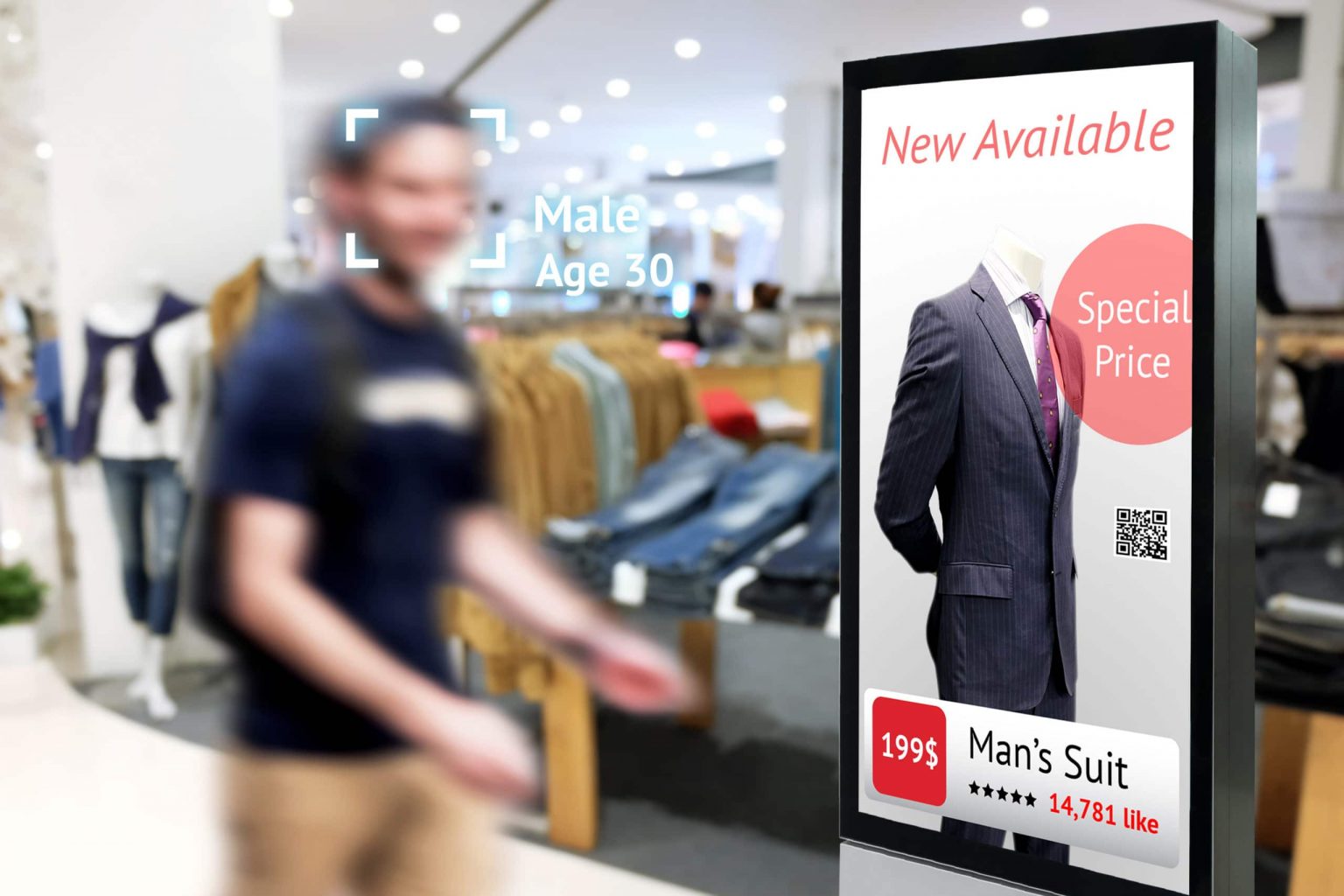The use of image recognition in retail is currently in a theoretical stage, as this technology is dependent on advancements in artificial intelligence. AI hasn’t quite reached the point where it’s capable of quickly managing image recognition, but it’s not too far off. It is estimated that by 2020, 85% of customer interactions in retail will be controlled by AI. CPG brands should prepare now for the future of image recognition in retail.
Image recognition could entirely change how CPG brands market products online as well as how they manage inventory in stores. This advanced technology will impact how customers interact with brands while also boosting a brand’s ability to connect with consumers as they’re in the shopping aisle. The use of AI in retail, combined with image recognition, could cause a significant paradigm shift in the way consumers shop.
Practical Uses for Image Recognition in Retail
There is a ton of buzz surrounding image recognition as part of mobile technology in the retail industry, but this practice is far from mainstream. Managing image recognition requires a significant amount of data cataloging and machine learning to ensure that images can be accurately categorized and identified. Despite these challenges, some early adopters of this technology have already adapted it for uses that include:
- Finding products: The most obvious reason for using an image search program is to assist in finding products for purchase. Snapchat’s parent company Snap is currently developing such a program which will allow users to take pictures of items in the real world and then direct them to browse similar items online. The program will work off either barcodes or more complexly, images. After locating and photographing an item, Snap will provide the user with a link to browse and purchase comparable items on Amazon. While similar programs were rolled out by other social media platforms, few can provide an acceptable level of accuracy to make them practical for everyday purchases. Many speculate that Snapchat’s image and augmented reality expertise could make this a reality.
- Gauging emotions: A more controversial use of image recognition would be in determining levels of customer satisfaction. This is a project which Walmart is currently working on, having filed a patent for the development of software capable of gauging a customer’s emotional state through the use of image recognition. Based on existing reports, the technology would utilize checkout cameras to scan consumer’s faces for signs of frustration or dissatisfaction.
- Unmanned shopping: JD.com and real estate developer China Overseas Land & Investment Ltd (COLI) are working on a new store concept across China which would entirely eliminate the need for sales staff at all. Unmanned stores would make heavy use of image recognition technology both in identifying products and ensuring customer satisfaction in the process. If successful, these stores could pave the way for an entirely new retail model.

Practical Uses for Image Recognition in Retail
When preparing for the growing demand for image recognition capabilities, brands need to think mobile. Image recognition technologies will be heavily mobile-based in the future, especially in the case of product searches. Brands that take a mobile-first marketing strategy will be best prepared to manage the demands of image recognition programs. One of the best options to stay ahead of any new mobile technology is to partner with a third-party app.
Companies like Shopkick stay on top of trends in mobile advertising to determine the best possible time and manner to take advantage of innovations. As many third parties focus primarily on mobile apps, they’ll be well prepared to leverage these new features for brands as they become mainstream.
Brands would also do well to keep up-to-date, extensive photo libraries of all products, as these will be needed to assist in machine learning in the future. Luckily, any brand with an online presence should likely already maintain a media library. The next step in preparation is ensuring the database is organized and easy to navigate for both humans and machines, alike.
However, once the kinks are worked out, the use of image recognition in retail will likely skyrocket.
Image recognition in retail isn’t a concept that will become widespread overnight. It will take time for this AI-based feature to become mainstream due to the complexities involved in implementing such programs. However, once the kinks are worked out, the use of image recognition in retail will likely skyrocket. Brands that keep up-to-date photo libraries and make mobile a primary marketing channel will likely be best prepared to deal with this paradigm shift in shopping when it happens.
Shopkick offers our partners the opportunity to take advantage of innovative, mobile app features early on, ensuring brands and retailers are always part of the latest trends. For more information on our app and the features it can offer your customers, contact us.
Image courtesy of Zapp2Photo



